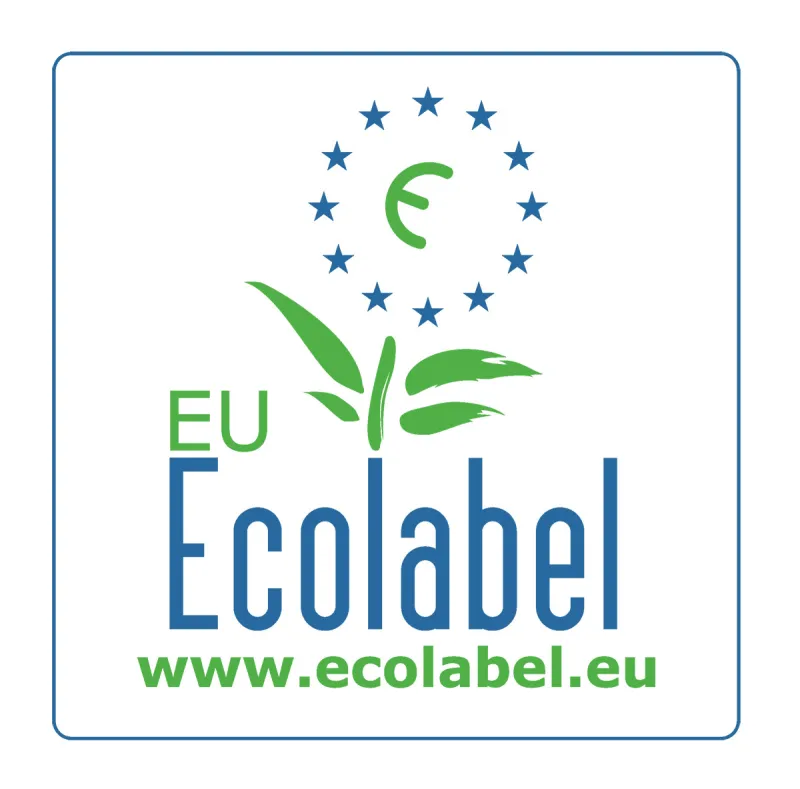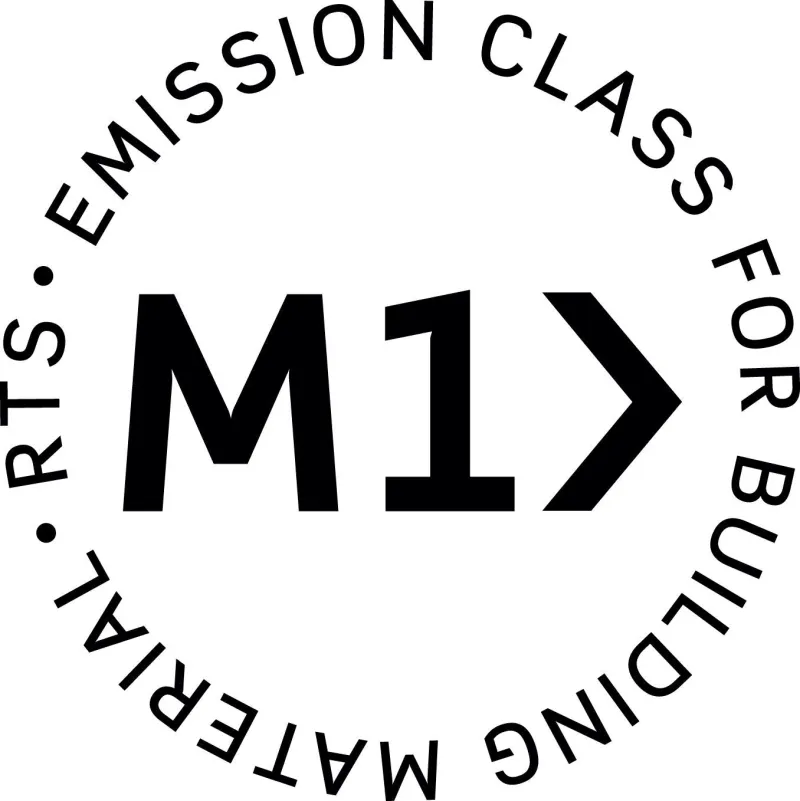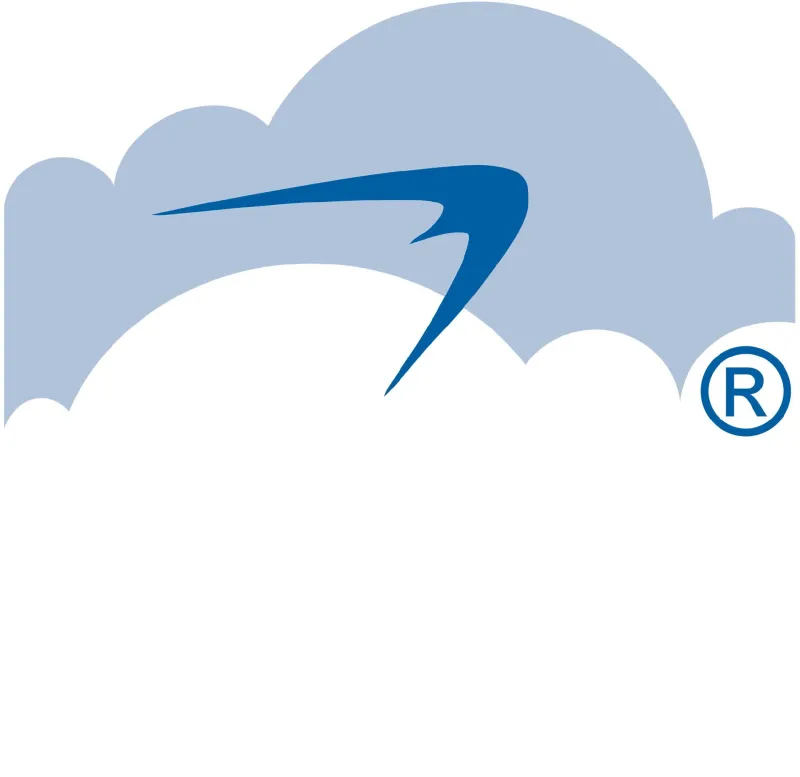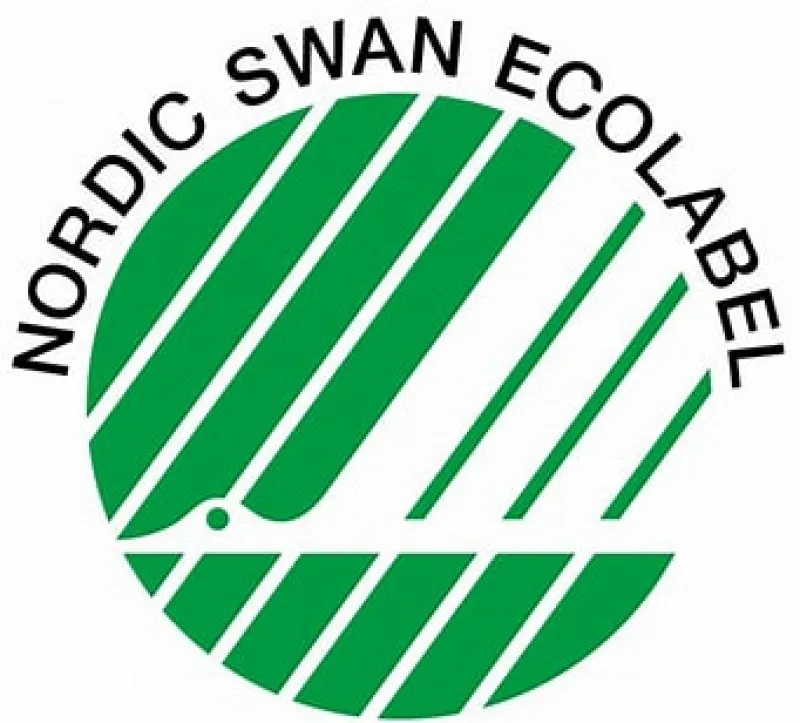How to paint responsibly - recognising four most important ecolabels

The use of environmental certificates and classifications in Finland’s construction business has doubled during the past five years. Tikkurila has been extensively involved in the development. Our paints have been awarded several environmental certificates to help you select responsible products. For example, the EU Ecolabel is awarded only to products fulfilling the expansive, EU-wide criteria of environmental effects.
Already over 300 of Tikkurila’s products are ecolabelled, having been awarded an international or national ecolabel, allergy label or M1-classification. Below you can find the main labels that help you to make environmentally friendly decisions the next time you paint.
EU ECOLABEL
The EU Ecolabel is a label of environmental excellence used in the European Union. It is awarded to products or services that are environmentally friendly and of high-quality; for example, water and energy consumption, waste production and the use of non-renewable resources is minimised in the manufacturing process of a product.
M1 CLASSIFICATION
All construction materials used for indoor spaces including paints can be classified according to their emissions. The Finnish Society of Indoor Air Quality and Climate has published an indoor air classification that divides products into three categories: M1, M2 and M3. More and more of Tikkurila’s products have the M1 label. The M1 label is only awarded to the lowest-emitting building materials whereas the emissions of M3 materials are the highest. Finland’s Building Information Foundation awards the M1 label to products that have gone through testing by an authorised test laboratory and sensory evaluation.
Allergy Label
With the help of the Allergy Label - granted by the Finnish Allergy, Skin and Asthma Federation - customers can select products that do not usually irritate or sensitise skin or cause other allergy and asthma reactions. The label is awarded to products that comply with strict product-specific requirements and which do not contain fragrances or other irritating or sensitising substances. There are strict requirements for exact paint formulas and product specifications. Different countries have individual criteria for their local allergy and asthma labels.
NORDIC SWAN ECOLABEL
The Swan is the official Nordic Ecolabel. It helps customers to choose environmentally friendly products and encourages manufacturers and service providers to provide such products and services. Paints carrying the Nordic Swan Ecolabel comply with strict environmental and quality requirements through their whole life cycle. The authorities must be provided with the complete recipe of the paint and comprehensive information of its ingredients.
Being environmentally friendly is a value proposition for Tikkurila
Different actors demand responsible production. One of our value propositions is that we strive to stay one step ahead of our competitors. Tikkurila is, for example, the indisputable pioneer in developing environmentally friendly waterborne paints. They already account for over 80 per cent of the production. Our ability to use water as a thinner without diminishing the performance of the paint or coating is the result of our extensive product development. In addition, we contribute to sustainable development also by constantly increasing the sales of other sustainable products.
Tikkurila is also a member of the association Green Building Council Finland and committed to the goals of the international Green Building Council, which are developed to advance the sustainability of the real estate and construction sector. The objectives of sustainability in the real estate and construction sector are energy and material efficiency, minimal use of hazardous substances and reduction of emissions. Green Building Council has also introduced useful assessment tools into the process of environmental evaluation of buildings by creating several classifications and evaluation criteria.





